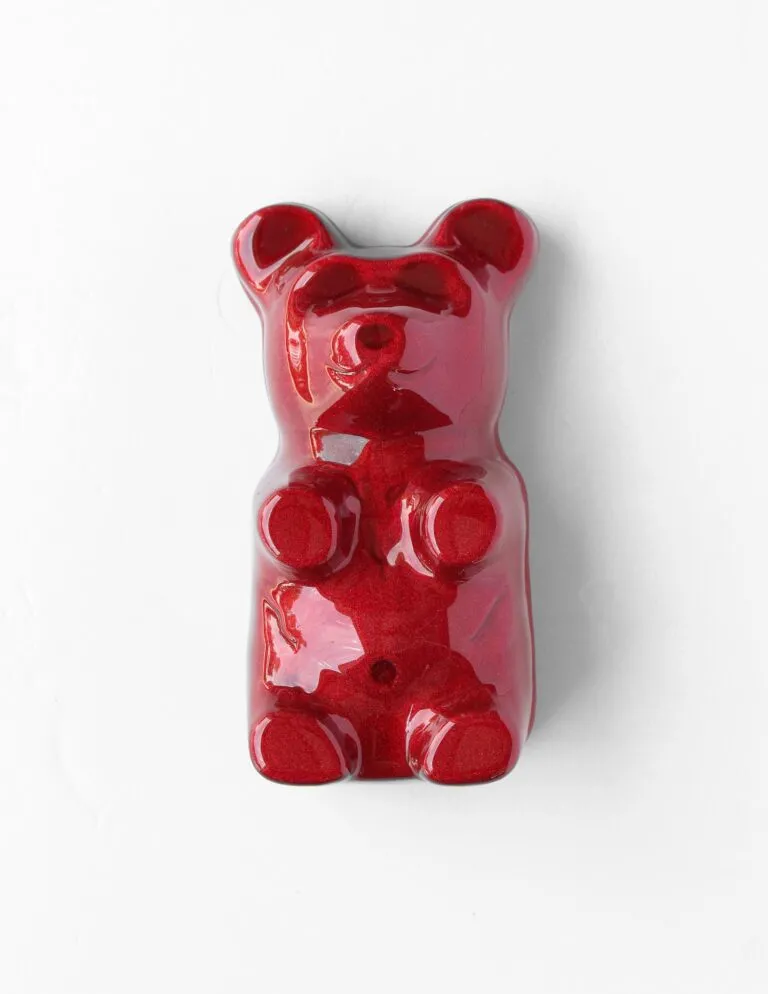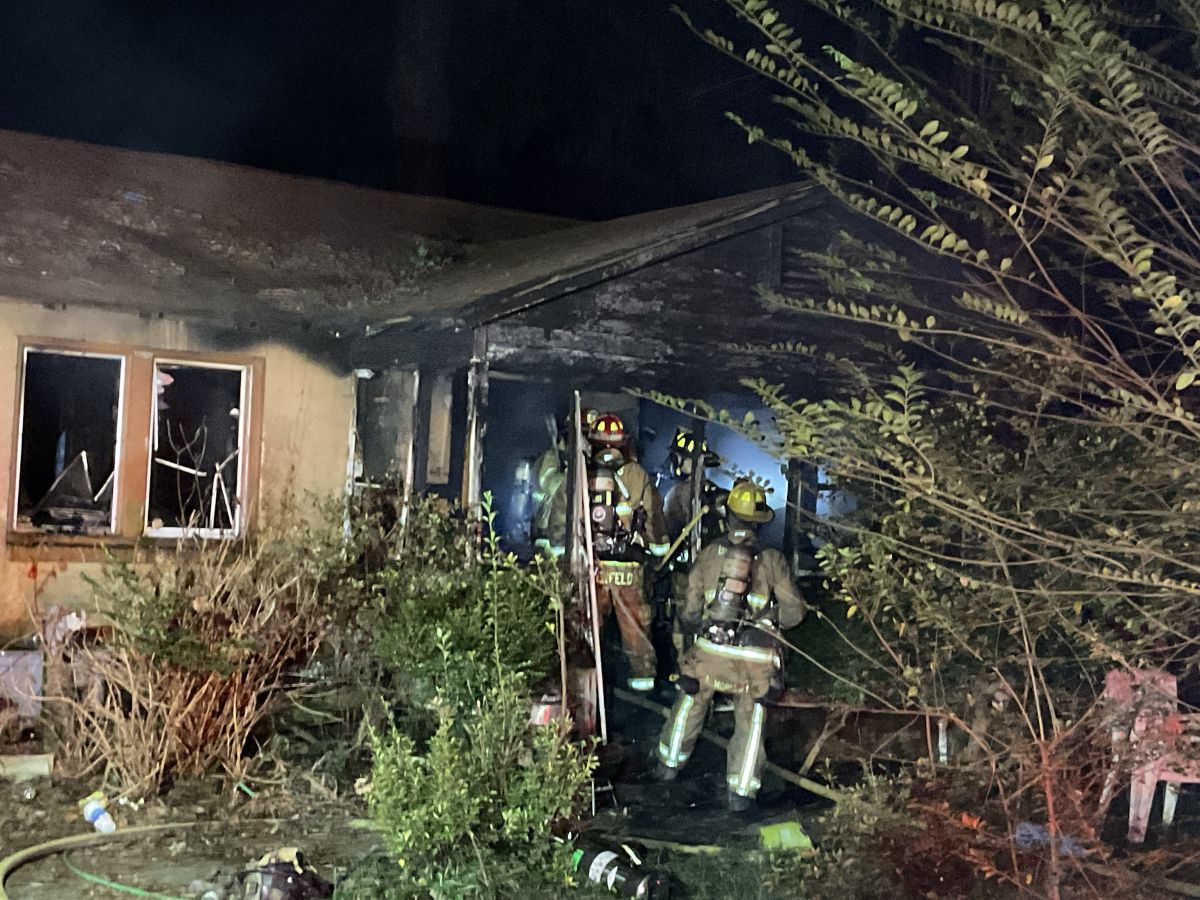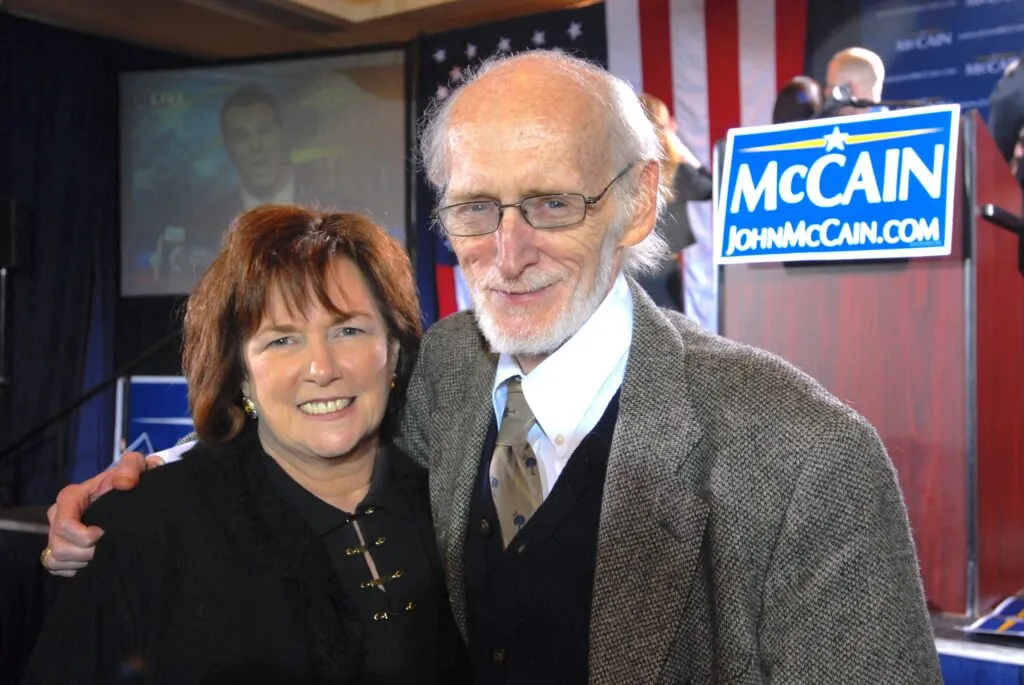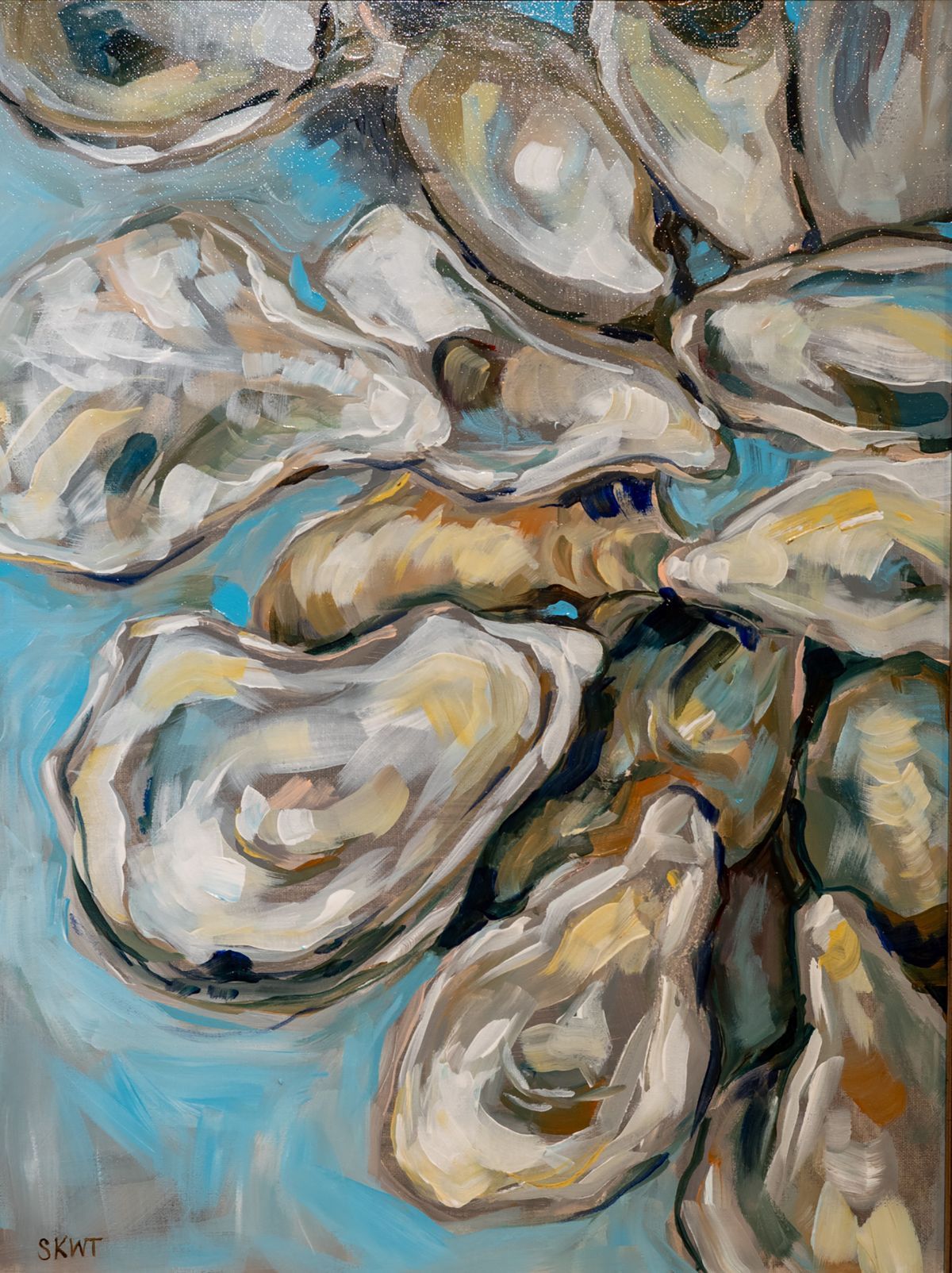House budget proposal includes $2.6 million for SC Arts Commission to continue investing in schools
By Skylar Laird
COLUMBIA
It was because of the state Arts Commission that David Platts, now its director, became a musician.
When Platts was 10 years old, in 1977, his class traveled from Saluda County to Batesburg-Leesville in Lexington County to see a concert series sponsored by the state agency. That experience was what made Platts serious about pursuing music, leading him to learn to play the piano, become a music teacher and, eventually, head up the same commission.
“Those kinds of experience can be life-changing for you,” said Platts, agency director since 2019. “You never forget the first time you do something like that, and it makes an impact on you.”
Because of that, Platts, along with artists and other proponents of the Arts Commission, defend the state agency as an essential supporter of education and economic development.
Their comments follow last week’s efforts by the uber-conservative House Freedom Caucus to cut all additional funding from the agency’s budget.
Freedom Caucus members suggested other cuts too during last week’s debate of the House’s $13.2 billion spending plan.
But it was the Arts Commission — and, specifically, a sculpture of a gummy bear and “erotic” paintings — that Freedom Caucus members repeatedly derided as examples of what is not a core government function and does not deserve public dollars.
“Gummy bear art, I think we can all agree, is a waste of taxpayer money,” said Rep. Jordan Pace, R-Goose Creek.
The artists of the ridiculed artwork were among recipients of state grants of up to $1,800 each.
Freedom Caucus members contend it’s not the government’s job to promote art. Private donors can decide what is or isn’t art.
“I do not believe government is the best place to keep pushing people to do art,” said Rep. Josiah Magnuson, R-Campobello. “I think the best place is the private sector. I think people are creative on their own, and we don’t have to force them to be artistic.”
Commission supporters disagree. The point of the commission is not to sponsor individual pieces of art, they said, but rather to help children become more well-rounded while encouraging artists to continue their work.
“Creatives don’t just happen,” Platts said. “It’s very rare that you have someone who just sort of has this gift that doesn’t have to be fostered.”
Gummy bear sculptures
The scorned gummy bear sculpture is part of a collection by Charleston artist Olivia Bonilla. She was among seven artists awarded between $1,200 and $1,800 each in the commission’s latest round of grants through its Emerging Artists Program.
To be eligible for the grants awarded twice yearly, South Carolina artists must have limited experience and portfolios. The awards also bring mentoring to help them further their careers.
Previous winners in the program, in its fourth year, have included painters, photographers, poets and singers.
Bonilla’s collection of stylized resin sculptures features towering cupcakes, skulls covered with ice cream, a giant cherry — and, yes, rainbow gummy bears.
“My sculptures depict the idea of a sugar-coated existence, a reflection of excess and indulgence within popular culture,” Bonilla’s website reads.
Addressing the criticism, Bonilla told the S.C. Daily Gazette the gummy bears were meant to simply add a little joy to people’s lives. But her $1,800 grant won’t go toward another food-based piece. She plans to use the money to sculpt a figure of a child to symbolize the importance of fostering creativity at a young age, she said.
“Without creativity, without the arts, without that kind of innovative and forward thinking, things fall flat and are less interesting,” Bonilla said.
Another grant winner in the last round was Brad Silk, a Taylors artist who paints nude and partially nude portraits of LGBTQ people.
“I aim to contribute to a broader cultural dialogue that recognizes and values the Queer experience, fostering empathy and appreciation for the diversity of Queer stories,” Silk, who uses they/them pronouns, writes on their website.
Rep. Adam Morgan, a Taylors Republican, called it “lewd, erotic art” that’s not the best use of money taken “out of people’s pocketbooks.”
But Silk, who is using a $1,500 grant to create a series of sculptures, said the portraits are no different than nude paintings artists have done throughout history.
“They’re not lewd, they’re nude,” Silk told S.C. Daily Gazette. “They’re just portraits of people and their bodies.”
Platts added that “we don’t just willy-nilly hand (money) out.”
Awards to individual artists are decided by a panel of judges who look at artists’ work and consider their goals with the money, Platts said.
Besides, he added, grants to individuals make up just over 1% of the agency’s $9 million budget. Most of it goes to nonprofits and schools for arts opportunities.
Learning through art
At the Governor’s School for the Arts and Humanities, students learn to read more complex materials not by sitting at desks and sounding out words but by acting out plays.
That curriculum, known as Spark, is part of the Arts Grow SC program, which the Arts Commission started in 2021 using federal COVID aid meant to help with student learning loss.
In all, the Arts Commission got $20 million in COVID aid to assist K-12 learning, awarded by then-state Superintendent Molly Spearman from her agency’s share of federal aid. In her announcement, the former music teacher recognized arts’ “unique ability to engage students of diverse backgrounds across all subject areas.”
The commission used it to buy art materials, train teachers in how to incorporate art into their lessons, and pay for arts-focused afterschool and summer programs, Platts said.
By federal law, that money had to be spent by fall 2024. The House budget proposal adds $2.6 million to the Arts Commission’s current budget to continue the program: $600,000 in recurring money (to continue in future budgets indefinitely) to pay the salaries and operational expenses of six regional coordinators and $2 million in one-time money for office leases and grants.
The federal money set up the program, Platts said: “What we really want to be able to do is sustain that work that we have built.”
It’s not yet decided exactly what the six hubs will look like or where they’ll be in the state, Platts said. Those decisions will depend on what makes it to the final state budget.
He likened the idea to having health departments and Department of Motor Vehicle offices located across the state, so they’re convenient to more people. The goal is to reach more communities with local programming help and partnerships with nearby colleges.
Education was already a big part of the commission’s pre-COVID mission. By law, the commission must spend at least 70% of its state funding on grants that support “learning and enrichment opportunities for children and communities.”
Nonprofits receiving its grants for years include the Charleston nonprofit Engaging Creative Minds, which runs summer and afterschool camps that integrate arts with science, technology and math programs.
In the nine years it’s received aid from the commission, Engaging Creative Minds has grown from one summer camp in Charleston County to a series of programs in school districts across Charleston, Berkeley, Dorchester and Clarendon counties. That’s largely because of the commission’s support, said executive director Robin Berlinsky.
Art programs teach children how to work well together, how to find creative solutions and how to better understand each other, which are all important skills employers look for once children leave school, Berlinsky said.
“Why would you pull those funds, which ultimately diminish the power of the education system?” Berlinsky said.
Economic development
Before the Newberry Opera House reopened in 1998, the town of Newberry was dying.
When Anne Pinckney Smith moved to the town with her husband in 2003, she said, little happened downtown, and businesses weren’t moving to a small town past its prime.
But in the 20 years since the Newberry Opera House Guild was created to promote the restored theater, the town has completely transformed, said Pinckney Smith, executive director of the opera house that dates to 1882. She attributes that growth to the economic boom the restored building brought the town, with the help of $40,000 annually in aid from the Arts Commission.
The cozy, 426-seat venue with great acoustics started to draw big-name performers and tourists, which in turn encouraged businesses to move to the small town, revitalizing it as a cultural center, she said.
“That alone proves the power of the arts and how the arts can transform towns,” said Pinckney Smith, noting that the commission is the theater’s third-biggest donor.
Statewide, the arts generate billions of dollars in revenue for the state, according to a 2023 economic impact study paid for by the commission. It found that the nearly 82,000 South Carolinians in arts-related jobs, including at museums, performing arts companies and in photography, directly contributed $7.5 billion to the state’s economy.
“How many things do we get to invest in that improve educational performance, create jobs and economic prosperity, and also improve the quality of life of our citizens?” Rep. Leon Stavrinakis, D-Charleston, said on the House floor last week in response to Freedom Caucus proposals. “I would say you’d be hard pressed to name a lot of other investments we make that do that level of good across multiple criteria.”
Prior attempts to yank funding
Still, the Arts Commission has long been a target of GOP lawmakers.
Before the Freedom Caucus existed, arguments about the arts agency not being a government function came from former GOP Govs. Mark Sanford and Nikki Haley. Both consistently tried to strike agency funding from the budget, but their vetoes were overridden by the Republican-controlled Legislature.
Still, in 2012, Haley was successful in shutting the agency down completely — temporarily, anyway. That year, the Legislature didn’t send the governor a state budget until just before the fiscal year started. So, the budget took effect with Haley’s line-item vetoes, which wiped out all state and federal funding for the Arts Commission, forcing it to close until legislators returned to Columbia two weeks later to overrule her.
The Legislature hasn’t let budget negotiations drag on that close to the July 1 fiscal start since.
While the commission supports programs and artists in the state’s largest cities, its biggest focus is on bringing the arts to rural communities, where few other artistic programs exist. Having grown up in a rural area, Platts knows what it’s like to not have an orchestra or theater or museum nearby, he said.
“We’re the only state agency whose job it is to support the arts across the state,” Platts said. “There’s nobody else doing it. We’re it.”
Skylar Laird covers the South Carolina Legislature and criminal justice issues. Originally from Missouri, she previously worked for The Post and Courier’s Columbia bureau.
S.C. Daily Gazette is part of States Newsroom, the nation’s largest state-focused nonprofit news organization.










